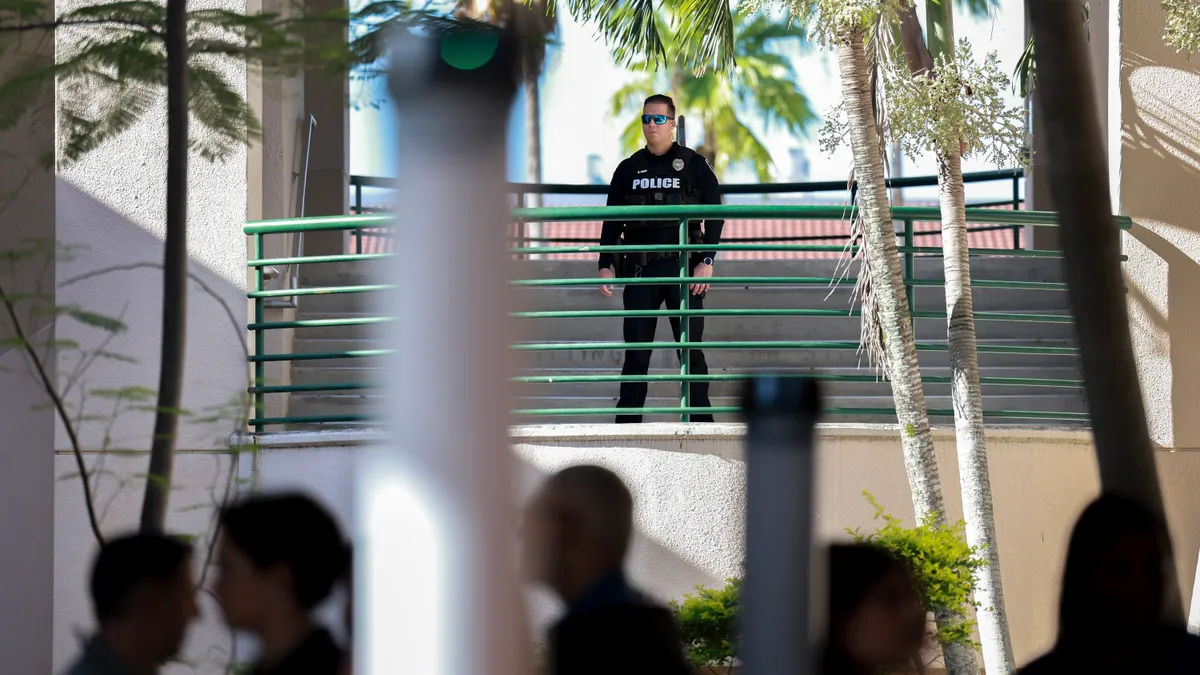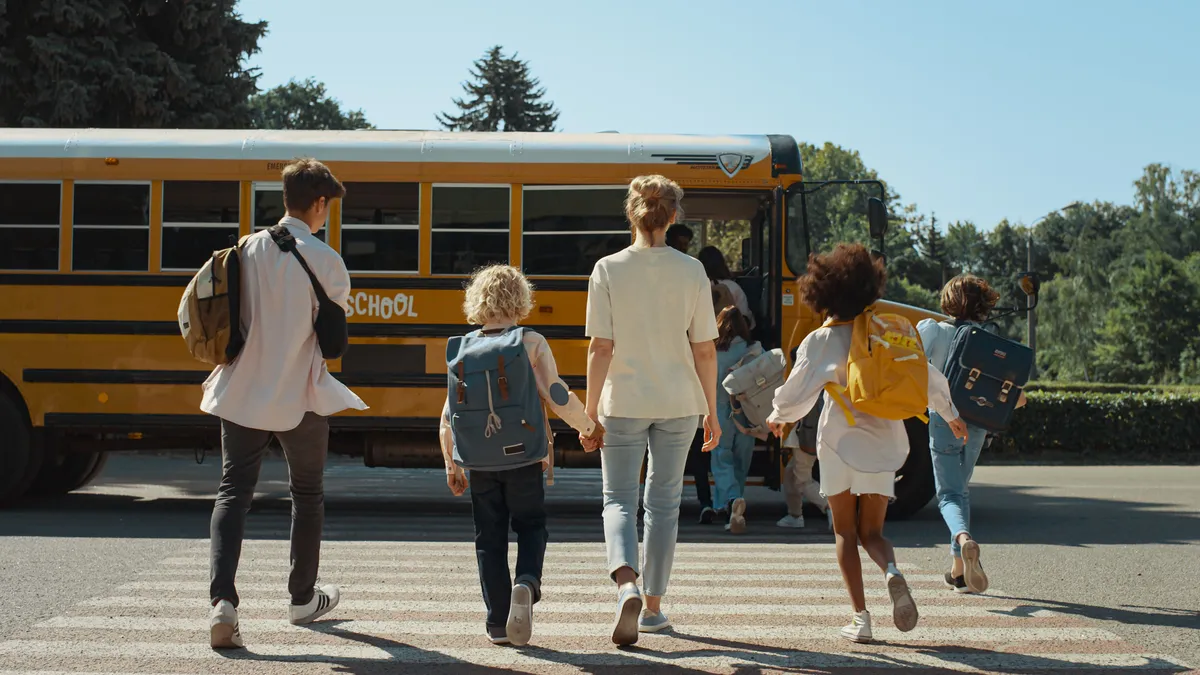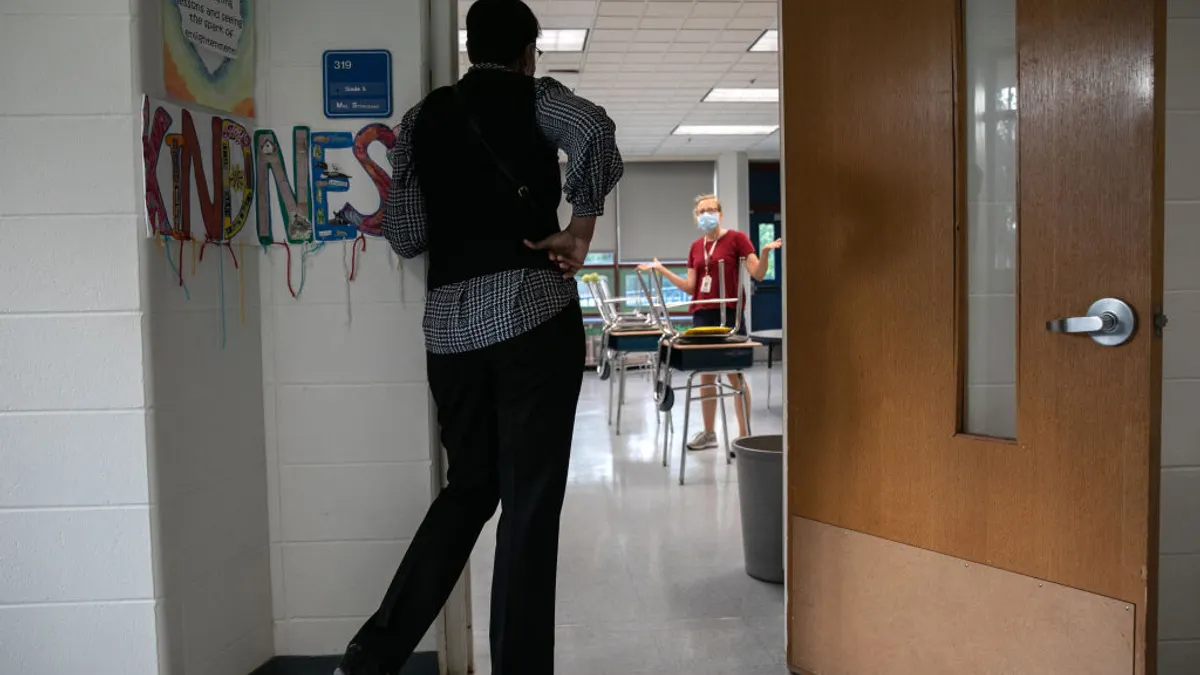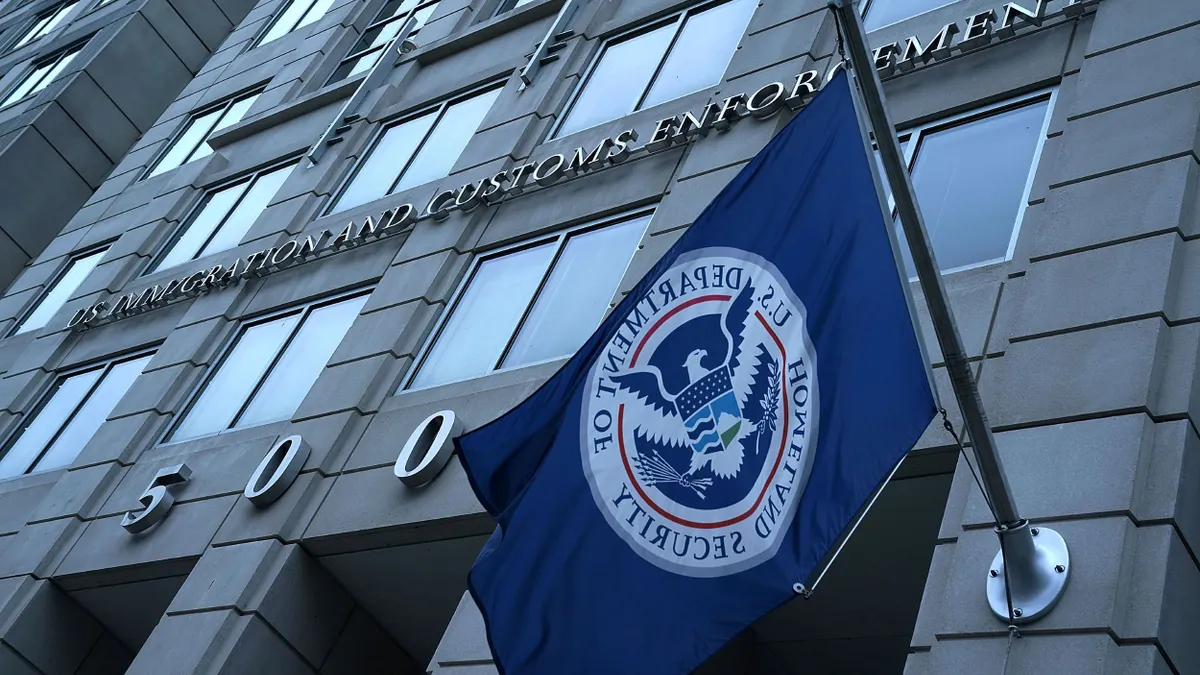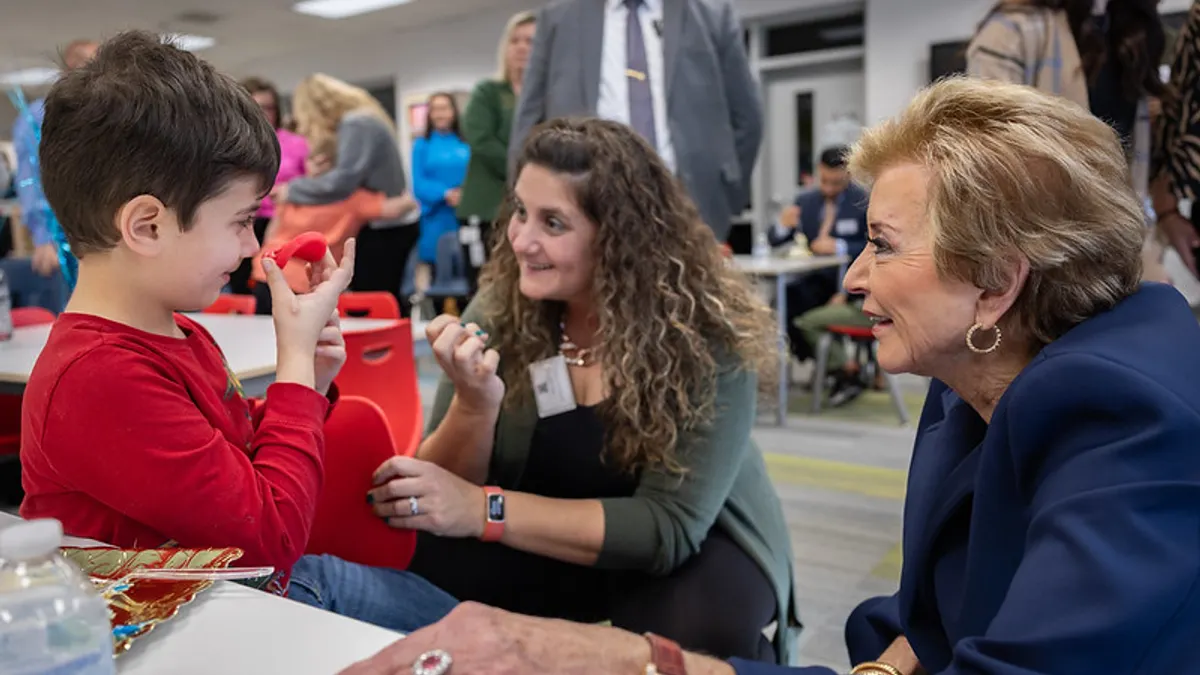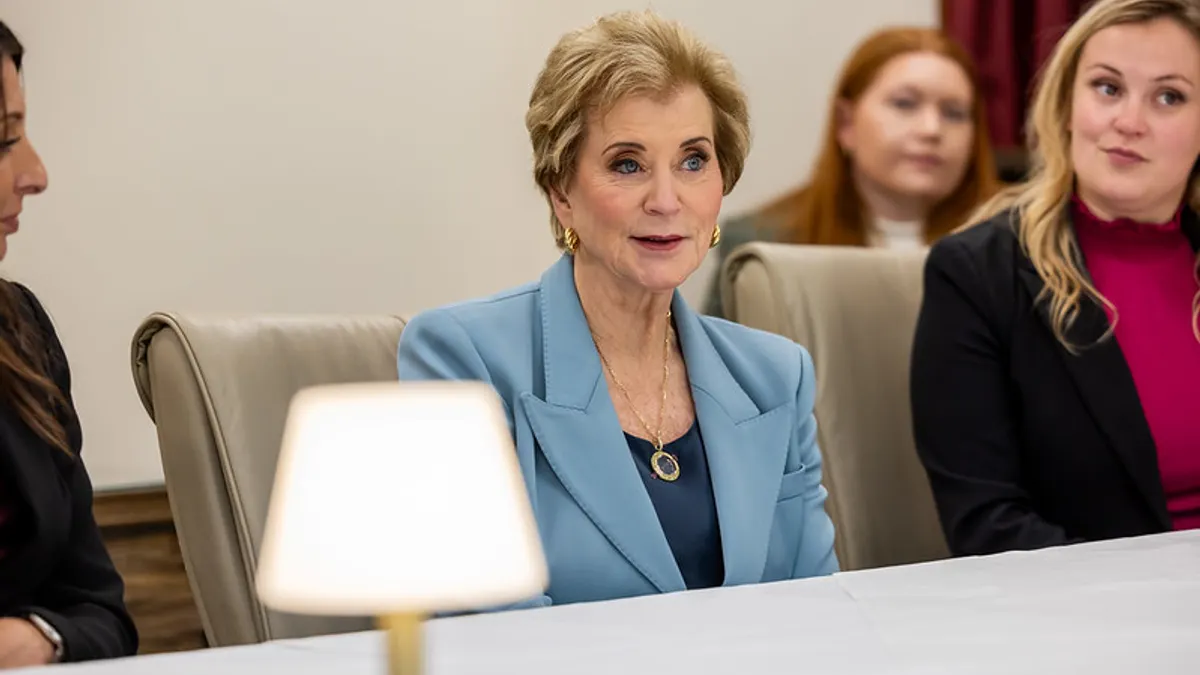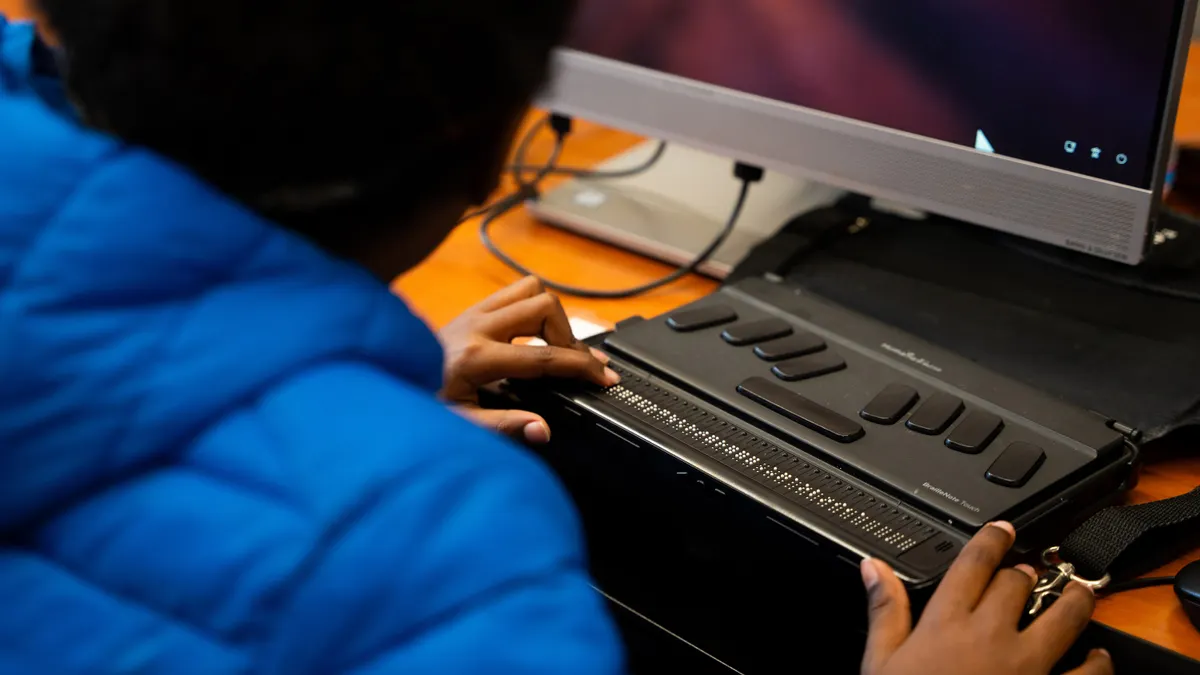Dan Cox is superintendent of Rochester CUSD 3A in Rochester, Illinois, and a member of the Institute for Education Innovation, a national school superintendent think tank driving change in education.
In our social media-driven culture, delivering a constant flow of information to the public can stir up anxiety for already overwhelmed school administrators. Engaging the community is time-consuming, requires cohesive messaging across multiple platforms, and mandates that we control the narrative at a time when gossip often eclipses facts.
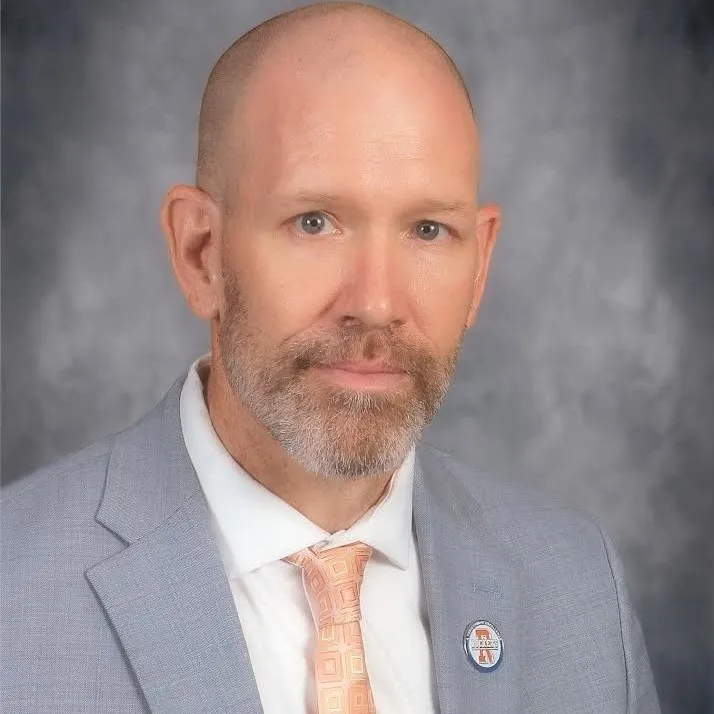
As the superintendent of a district in central Illinois, taking the anxiety out of communications and finding the joy in sharing great stories has allowed us to build stronger, more trusting relationships with community members. We have been able to showcase our district’s unique personality and create a culture where everyone feels included, even if they have never stepped foot in our schools.
While it has been quite the learning process, my team and I have discovered four key steps for opening the channels of communication.
Identify your strengths and learn from best practices
A multidimensional communications strategy is a must-have for any district, but every superintendent has their preferred method for getting their message out to the world. While I favor videos and social media to connect with stakeholders, other superintendents embrace their writing skills or excel in public speaking.
The key is to pick one thing and be really good at it.
Unfortunately, our struggle to contribute to the conversation as our authentic selves is often a sticking point to our success. Superintendents instinctually want to be perceived as steadfast and impenetrable in the face of challenges, but in reality, stakeholders crave transparency and vulnerability.
People will be more responsive to your plans and requests when you’re open and direct, communicate frequently, and encourage feedback.
Talk to all audiences, but target your VIPs
At Rochester CUSD 3A, we aim to connect with everyone in the community, including students and parents. However, our top priority is ensuring our messages resonate with our teachers.
In the past, we intended to remain open and transparent with our staff, but ultimately failed to close the communication gap. Teachers knew what we planned to do, but they grew frustrated when we never shared our progress or what was accomplished.
Instead of relying on traditional memos and email communications — which are easy to dismiss — I am transitioning to short video snippets to provide teachers with quick district updates. When our teachers know what’s going on and feel good about it, we have the best district advocates we could ask for.
Parents want to hear from administrators, but they trust their children's teachers the most.
Stay ahead of the story instead of chasing it
Like most communities, we have our share of social media groups and community pages that have become platforms of negativity, where teachers and administrators face unjust criticism, and gossip spreads like wildfire.
When we brought on our director of communications and engagement, he was able to diminish the influence of the negative voices by posting uplifting stories rather than continually reacting to rumors. As community members share and repost these stories, more positivity is empowered to take center stage in these groups and pages.
What makes our director’s posts so relatable is that he spotlights stories that often fly below the radar, and he does so in a compelling way with his photography and video capabilities. Instead of only giving our sports teams top billing, we’re also focusing on the successes our robotics team and our choir students are experiencing — wins our community is hungry to hear about.
Encourage your educators to be role models on social media
Whether we like it or not, when we entered the education field, we lost our anonymity in the community. And, unfortunately, in today’s politically-charged climate, some people will go digging for dirt if your values don’t align with their own.
As an administrator, I encourage our teachers to be cautious with what they post online — and just as important, to scroll through their histories to pull down potentially risque posts.
We fully respect the First Amendment, but today’s students are super sleuths, and they will always find what you want kept hidden. The moment your personal story becomes a distraction in the classroom, you can’t effectively perform your job until a new controversy dominates the cycle.
For today’s school district superintendents, the ability to communicate effectively is no longer an added bonus to have — it’s become a nonnegotiable job requirement. Too often, we’ve relied on our demanding schedules as an excuse to be invisible and validate our importance.
However, nothing is more important than building genuine connections with the teachers, families and communities we were hired to serve.






